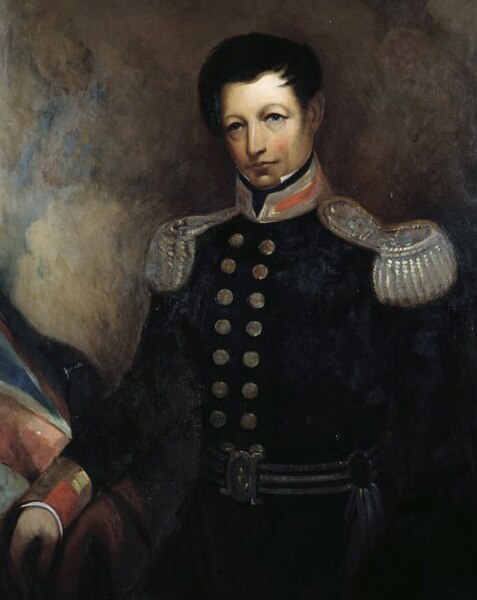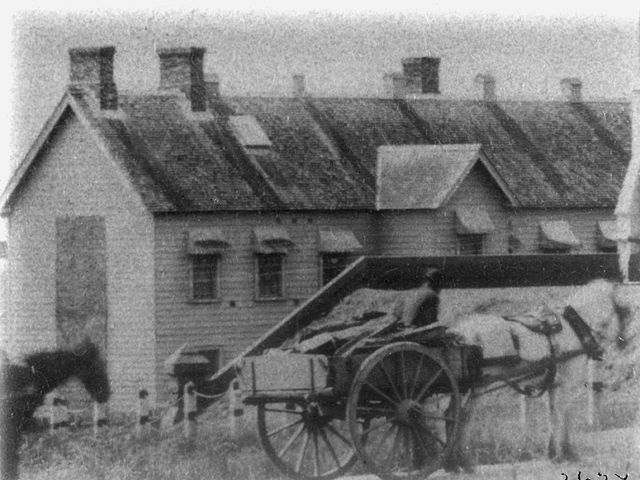The Colony of New Zealand was a colony of the United Kingdom of Great Britain and Ireland that encompassed the islands of New Zealand from 1841 to 1907. The power of the British Government was vested in the governor of New Zealand. The colony had three successive capitals: Okiato in 1841; Auckland from 1841 to 1865; and Wellington from 1865, which continues as the capital of New Zealand today.
William Hobson, the first Governor of New Zealand and co-author of the Treaty of Waitangi
In 1907, Edward VII declared New Zealand to be a Dominion.
Wellington has been the capital of New Zealand since 1865. New Zealand's first capital city was Old Russell (Okiato) in 1840–41. Auckland was the second capital from 1841 until 1865, when Parliament was permanently moved to Wellington after an argument that persisted for a decade. As the members of parliament could not agree on the location of a more central capital, Wellington was decided on by three Australian commissioners.
Portrait of Capt. William Hobson by James McDonald, 1913
The first Government House in Auckland, as painted by Edward Ashworth in 1842 or 1843
Auckland's third Government House, shown here in the 1860s or 1870s, is today known as Old Government House
General Assembly House in Auckland in the 1870s, known as the "Shedifice"





